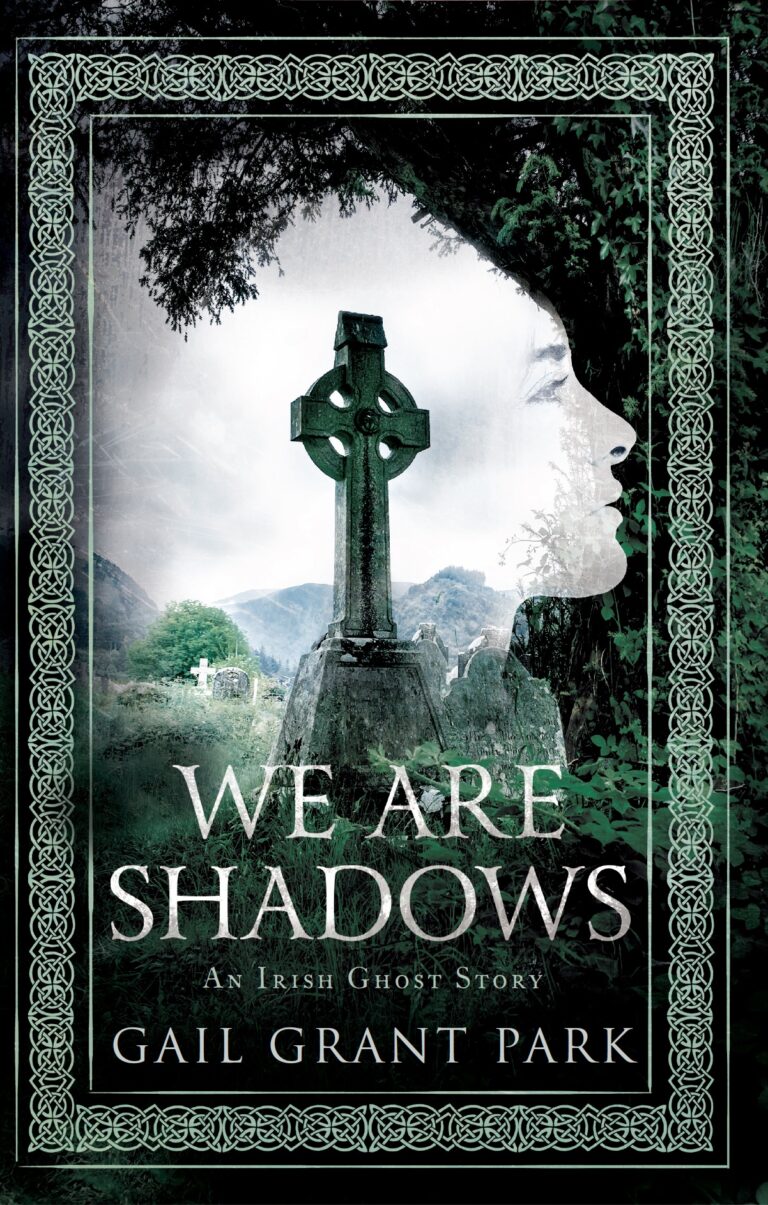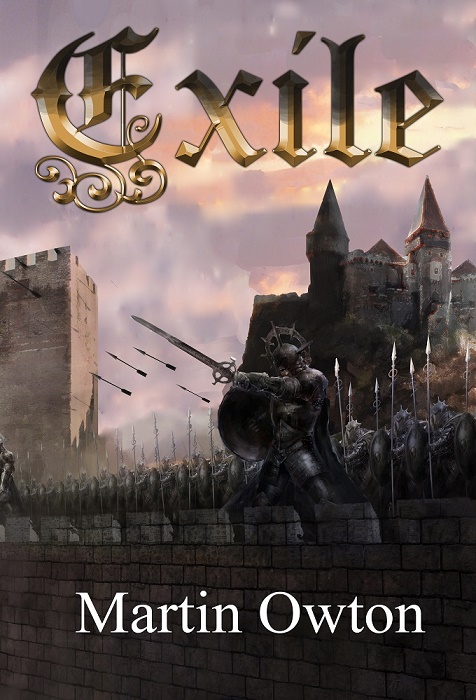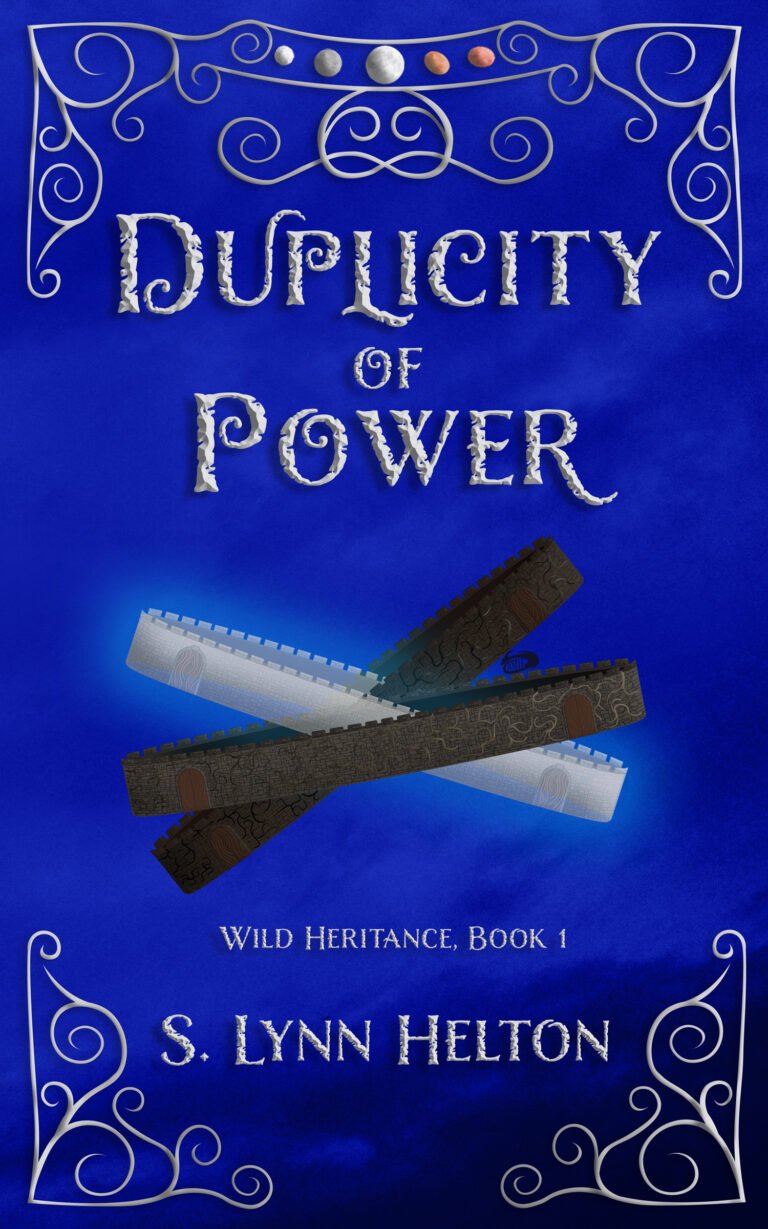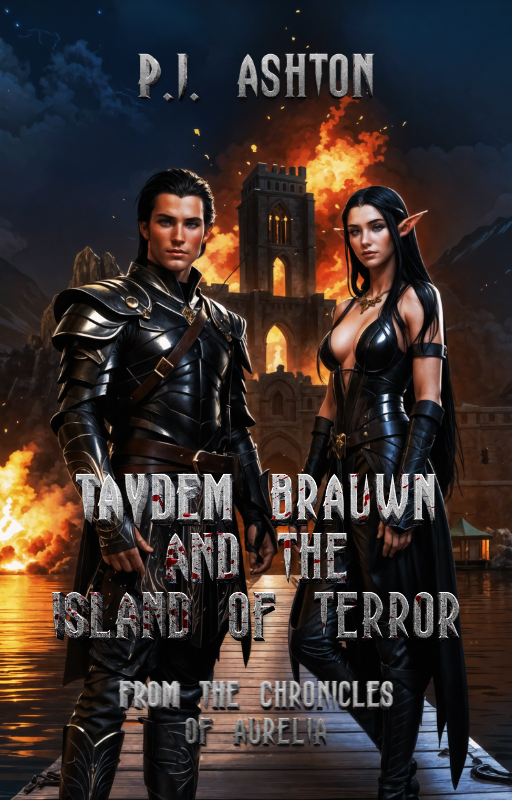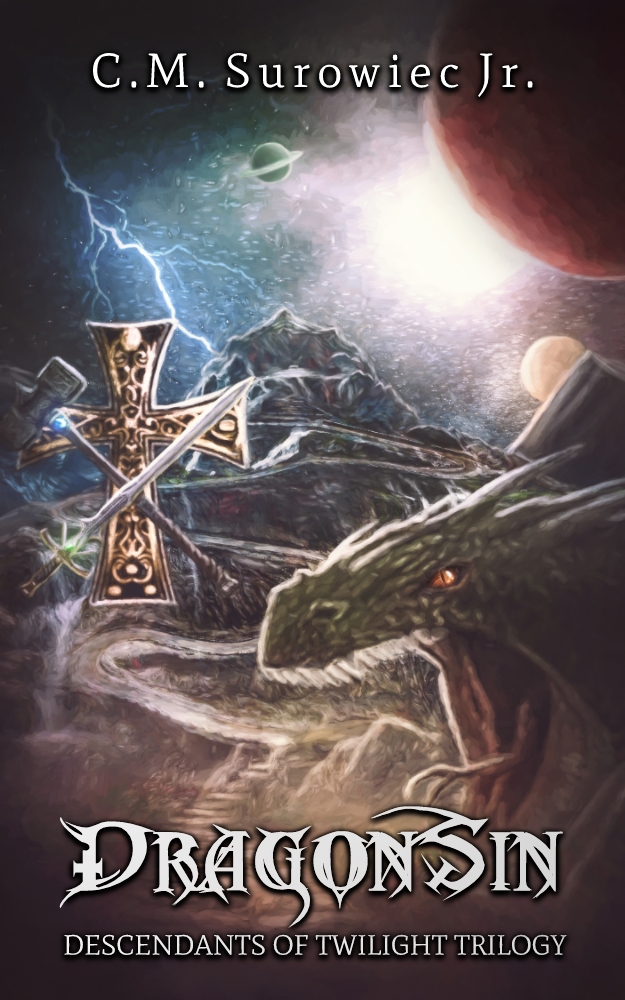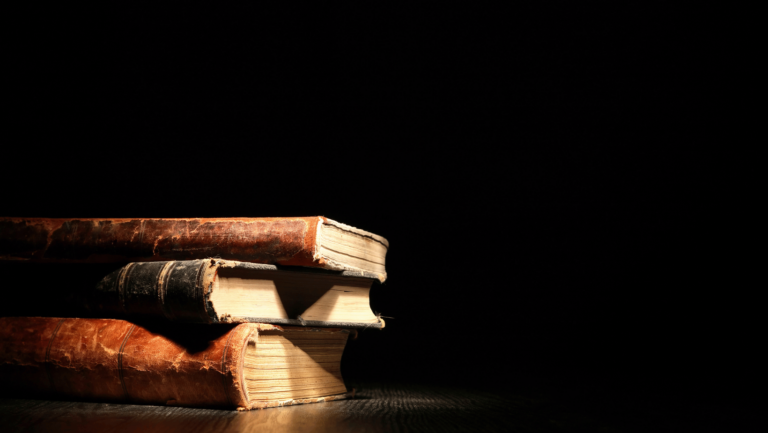Literary techniques encompass a variety of tools and strategies utilized by writers to effectively communicate their ideas, evoke emotions, and construct narratives that captivate audiences. These techniques play a crucial role in enhancing written expression, thereby enriching the reading experience and leaving a profound impact on readers.
Symbolism is one such technique, serving as a cornerstone of literary devices. Through symbolism, authors employ symbols to represent abstract notions or themes within their narratives. Whether in the form of recurring motifs or tangible objects, these symbols invite readers to explore deeper, symbolic interpretations, enriching the thematic essence of the story and encouraging exploration beyond its surface.
Imagery is another powerful technique employed by writers to create vivid sensory experiences for readers. By skillfully choosing descriptive language and incorporating sensory details, authors transport readers into the world of the story, engaging their senses and immersing them in a heightened atmospheric experience.
Metaphor and simile are closely related literary devices that draw parallels between seemingly disparate entities to highlight shared traits. Metaphors assert direct comparisons, while similes use “like” or “as” to emphasize similarities. These devices effectively convey complex ideas by tapping into readers’ familiarity with everyday concepts.
Foreshadowing is a narrative technique involving subtle hints at future events, which serves to build anticipation and suspense as readers speculate on the story’s unfolding. Well-executed foreshadowing enriches the storyline, intensifying suspense and enhancing reader engagement.
Irony, characterized by a discrepancy between appearance and reality, is another tool used by authors to introduce unexpected twists and provoke thought. Different forms of irony, such as situational, verbal, and dramatic, exploit these disparities to capture readers’ attention and add depth to the narrative.
Flashback is a technique that disrupts the linear progression of a story by revisiting past events, providing context, revealing character backgrounds, and deepening the audience’s understanding of the narrative. Skillful use of flashbacks adds layers of complexity and dimension to the storytelling.
Alliteration, assonance, and consonance are techniques rooted in the auditory aspects of language, enhancing its musicality and contributing to the overall auditory experience for readers. These devices enrich the text’s rhythm and resonance, further engaging readers in the narrative.
In essence, literary techniques serve as the artisanal tools through which authors sculpt their narratives. From symbolism and imagery to metaphor and irony, these techniques empower writers to craft literary works that resonate with readers on multiple levels, fostering a deeper appreciation for the written word.


